Of Earth Buildings & Leaf Roofs - Almanac
"Of Earth Buildings & Leaf Roofs" is an almanac about Brictaelgian building history, techniques and styles over a period of around two thousand years. The almanac was first published around 2,425 AEC and now comprises four volumes of around 500 pages each. Containing, among others, the teachings of Ôldrik the Builder, a widely admired treehouse tinkerer, and Brill the Stone Artist, a celebrated cave house architect, the work is now one of the most important textbooks on Brictaelgian architecture.
The books used in schools consist of simple leather bindings and leaf paperus as a medium for the content. However, the University of Tirvox ad Coimi has an elaborately designed edition that was created on the occasion of the inauguration of the new royal palace in 2,477 AEC.
The special edition was handed over to the Prince of Âdocoris Trind VII by the highest guild master of the building guild, Eirik Moostintling. For the palace's centenary, Prince Brill IV's edition was bequeathed to the university as a permanent loan, where the volumes can be viewed in the history department. Each book has a wood-carved and leather-trimmed cover that indicates its contents. If you place all four volumes next to each other, the spines of the books create an additional image, which indicates the building guild.
At a glance
Subtitle: An almanac about Brictaelgican architecture
Medium: leather-bound brictaelgican leaf paperus
pages: approx. 2,000
Volumes: 4
Initial release: 2,425 AEC
Content:
Initial release: 1: History of brictalegican architecture
Initial release: 2.: Basic knowledge of tree house architecture
Initial release: 3.: Basic knowledge of cave architecture
Initial release: 4.: Stone and wood aesthetics
Volume 1: History of Brictaelgican architecture
The history of Brictaelgican architecture has its origins in the first settlements of the Âtogôtaigs of Prigg-Thâgi, who built wooden pile dwellings in the middle of a lake. After the fall of the first great civilization, the goblins moved to regions that had hardly any inland lakes but had huge hilly and stony meadow landscapes. They built comfortable houses in caves that were either naturally formed or that they dug into the hills. Later goblin migrations to the north and west of Brictaelgis revealed heavily forested landscapes. They took advantage of the heights and built cities in the crowns to survey their surroundings.
The goblins of Brictaelgis created buildings that are in harmony with the environment and fit in harmoniously. The first volume deals with the development of the two building types mainly built on Brictaelgis as well as the different eras and architectural styles. Important figures in building history and their works are introduced and a brief insight into their achievements is provided.
"Wood lives and feels! You should always think about this when building a tree house!"
Volume 2 and 3: Basic knowledge of tree house and cave architecture
“Dead” rock and “living” wood are very different materials. The construction methods are therefore subject to different requirements. Volumes 2 and 3 primarily contain the teachings of Ôldrik and Brill, the masters of treehouse and stone cave architecture, respectively. Statics, analyzes of the starting material and various construction techniques as well as the advantages and disadvantages of both types of construction are explained in detail using sketches, numerous technical drawings, texts and formulas.
Tree houses
When constructing tree houses, you must always be aware that trees live and, above all, grow. This affects the “lifespan” of the house. On the one hand, the tree as a support must not be injured by bolts or other materials so that it does not die. On the other hand, the structure must also be attached to the tree in such a way that it cannot collapse. These two principles form the fundamental pillars of the teachings of Oldrik the Builder.
Treehouses are generally easier and quicker to build. Some would also claim that they are more cost-effective, but since the materials first have to be produced and transported to the construction site, this is only the case if the site is quickly accessible. In addition, tree houses have a shorter lifespan than stone buildings and need to be repaired more often.
Cave houses
In contrast, cave houses mainly use dead stone material. However, every rock has different structures and strengths, which influence the processing and completion. On the other hand, this also affects the number of floors and height of the cave houses. Furthermore, when building caves, local conditions such as weather conditions, water sources, possible flow directions of rivers and the nature of the surrounding earth must also be taken into account. All of these principles are explained in Volume 3 of the Almanac.
Depending on the size of the construction company commissioned, cave buildings take on average around twice as long to complete as tree houses. However, they “last” longer and rarely require major maintenance as long as the cave is not in danger of collapsing or otherwise destroyed.
Volume 4: Stone and wood aesthetics
While volumes 2 and 3 focus more on the technical analysis of the source material as the basis for the statics, this volume focuses on working with the materials and their integration into the aesthetics as well as the design of Brictaelgian buildings. Depending on the nature of the material, different steps must be taken during construction and design, which are explained in detail in this volume and illustrated using drawings.
In addition to the design of the entire building, additional techniques and options for decorations, extensions, roofing, windows, etc. are explained. Tree houses are "decorated" with carvings, winding branches and, above all, the use of Batmùne - Change Tendril. Cave houses usually have beautifully designed stone facades with elements of other materials.


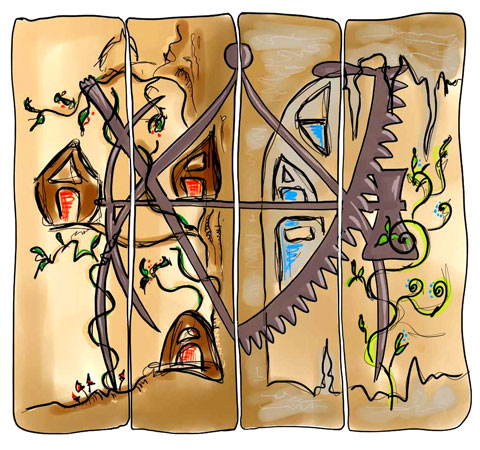

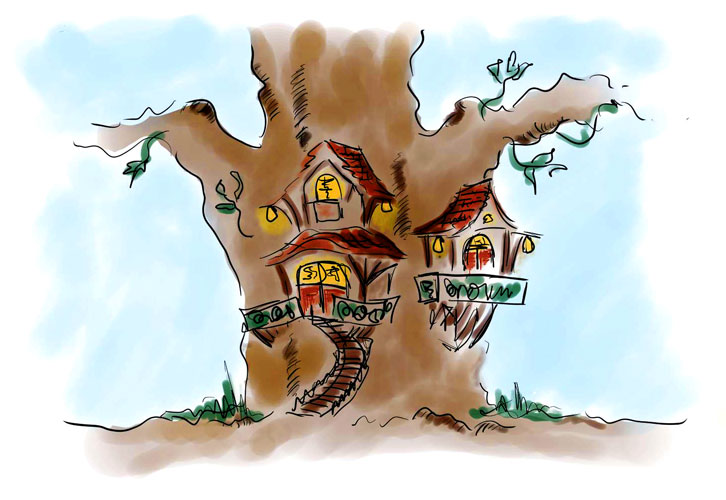
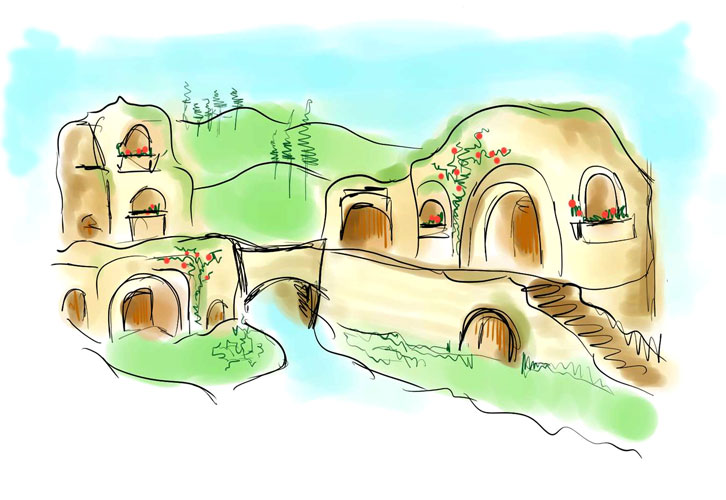
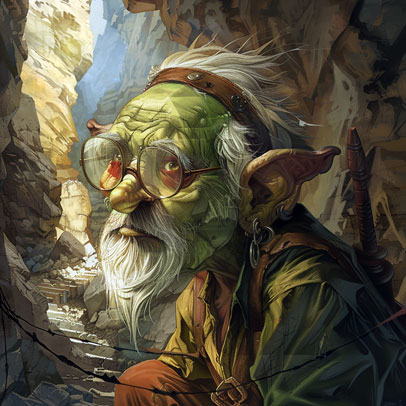
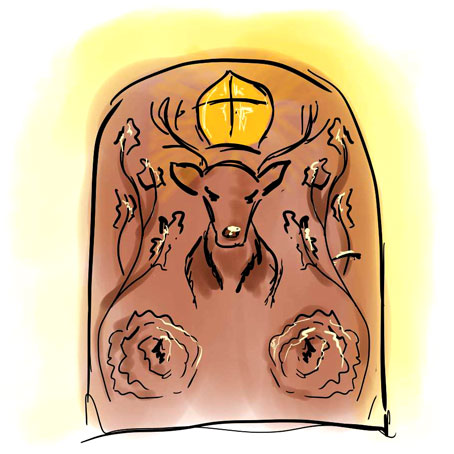
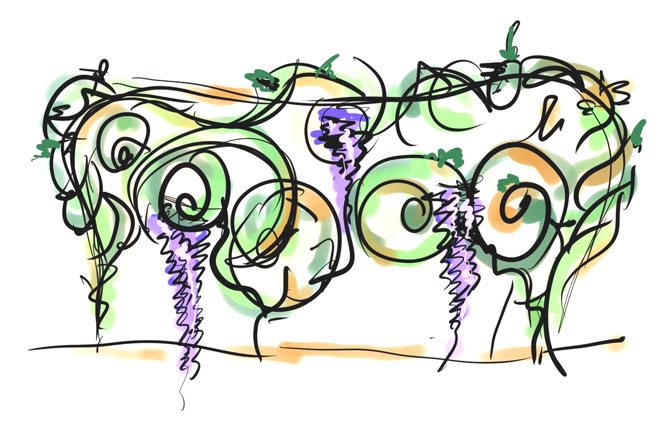



I love in-world books. They are so fun. This is a really lovely article. <3
Explore Etrea
Thank you so so much for your lovely comment.